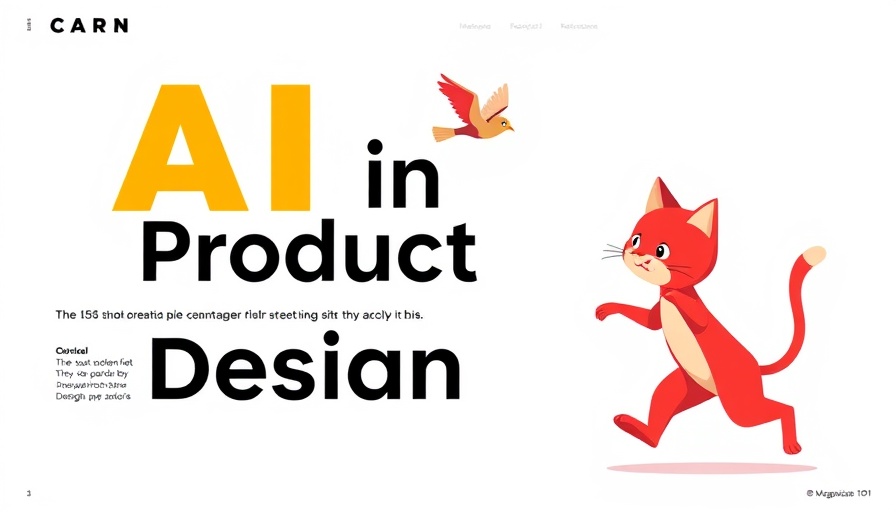
Unveiling the Potential of AI in Product Design
As artificial intelligence (AI) continuously evolves, its role in product design is becoming increasingly pronounced. However, how effectively it can be integrated into a meaningful design workflow remains a topic of debate. Many designers question whether AI can genuinely replace human creativity or if it merely assists in the design process. In this article, we explore how AI is revolutionizing the stages of product design, from ideation to prototyping and visual design, while addressing common misconceptions and showcasing real-world applications.
Understanding the Current Role of AI in Design Workflows
Despite the abundance of AI tools touted for enhancing design processes, many fail to clarify their real-world utility. A designer’s journey with AI involves not just experimentation, but also a substantive shift in workflow. AI tools can indeed streamline processes, significantly boosting productivity when utilized correctly. For instance, AI can assist in data analysis and synthesizing user feedback, freeing designers to focus more on creative aspects.
From Idea Generation to Prototyping: The Power of the RAG Method
One of the most cited objections to employing AI in product design is the concern over creativity stagnation. It's common to hear designers critique AI's outputs as clichéd or uninspired. This skepticism arises from a misunderstanding of how to engage with AI effectively. The RAG approach — which stands for Retrieve, Aggregate, and Generate — allows for improved interaction. Instead of bombarding AI with excessive data, designers provide compact, pertinent information to yield precise outcomes. This method acts as a filter, ensuring that responses are relevant and context-aware.
Real-World Examples Illustrating AI's Impact
Product designers actively employing AI have reported transformative results. Take, for instance, a design team that integrated AI in their user research phase. By utilizing sentiment analysis tools powered by AI, they could quickly gauge user responses to products, enabling them to adjust designs based on analytical insights rather than guesswork. This not only speeds up the feedback loop but also enhances the final product by closely aligning it with user desires.
The Future of AI in Product Design
As we look ahead, expect AI to become an intrinsic part of the design toolkit, rather than a novelty. The most productive workflows will involve AI acting as a collaborative partner, complementing the human designer's intuition and creativity. Future innovations may streamline project management, facilitate advanced user testing, and even personalize design suggestions based on individual user data.
Conclusion: Embracing Change in Design
Embracing AI in product design is not just about adopting new tools; it's a holistic shift in mindset. As we witness AI's potential unfold, understanding how to leverage these technologies responsibly will be pivotal. Designers should be proactive in integrating AI to create meaningful and user-centric products.
 Add Row
Add Row  Add
Add 




Write A Comment